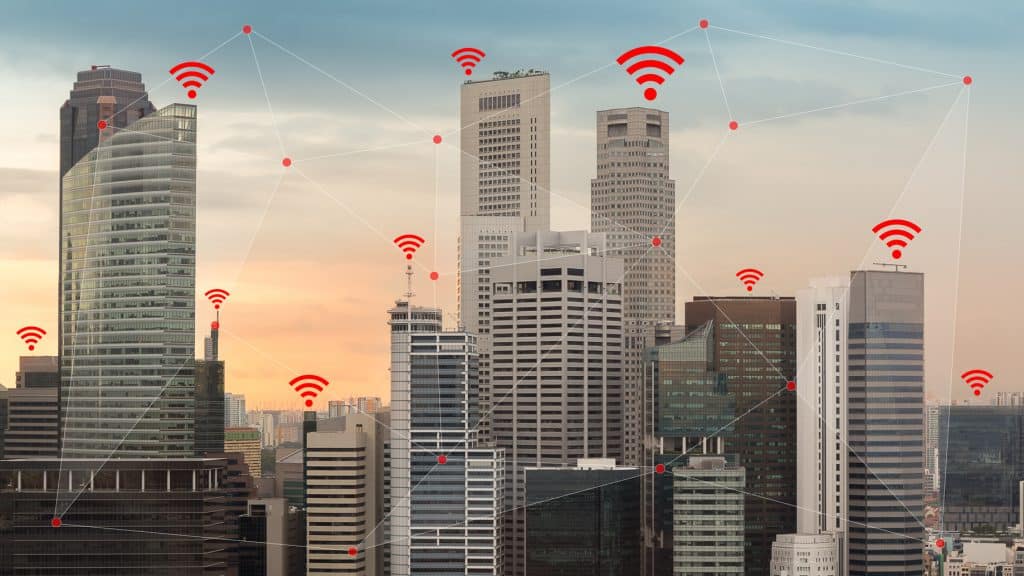What it is, the advantages of using it, and how to get it installed?
Chances are you’ve heard of a wireless network before, in fact, you’re most likely using one right now to read this very article.
A wireless network uses wireless data connections between different nodes to supply an internet connection utilizing radio waves to allow you to connect your devices to the internet. While a decade or so ago you may have had your computer plugged into a modem, nowadays the majority of devices connect wirelessly, providing an extremely strong and reliable connection 24/7.
Wireless networks are portable, flexible, low cost, and allow for users to move around often a considerable distance (especially if connected to a wider network) while maintaining a strong connection.
Let’s get into a few more advantages.
Advantages of wireless network
First, a wireless network is convenient. Without the use of wires plugged into each individual device, you have a lot more freedom in how and where you can access the internet.
Second, wireless networks are mobile. For example, you can access plenty of wireless networks away from home whether this is through Open zone hot spots provided by your internet service provider (ISP), local coffee shop, or educational establishment often for little or no cost.
Lastly, a wireless network is extremely productive, especially in a place of work. This allows workers to maintain a consistently strong connection to a desired network, even as they move from place to place. This allows for ultimate productivity in the workplace.

“We can design an optimally configured layout that minimizes channel interference and maximizes range”
Types and application of wireless network
Okay, now that we know the benefits of using a wireless network, what types of wireless networks actually are there?
There are a few different types of wireless network which we will discuss, these include but are not exclusive to:
- WLAN
- WPAN
- WWAN
- WMAN
First, WLAN is the Standard Wireless Local Area Network. This network is the most common utilizing radio signal instead of cabling to connect our devices to the router. You will find these types of wireless networks in the majority of households, educational establishments, coffee shops, etc.
Second, WPAN is a Wireless Personal Area Network. These types of networks connect devices based on Bluetooth technology in an individual location. For example, a WPAN connection may be a hot spot from a mobile device via Bluetooth to a given computer.
Third, WWAN is a Wireless Wide Area Network. This network connects smaller networks, which is useful for bigger company buildings/headquarters or cloud services.
Finally, WMAN is the Wireless Metropolitan Area Network. This final network can extend up to a wide geographic area hosting fast communication for schools and public services.
The Bottom Line
We have covered the very basics of wireless networks, however, if you’re looking for superior wireless network installation services be sure to check our website here. ICAS provides affordable, efficient, and professional wireless networking (including all those listed above) installed by our team of highly qualified experts.

